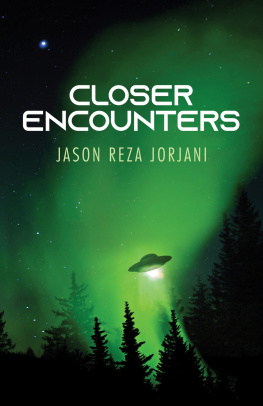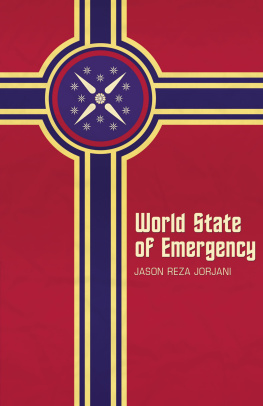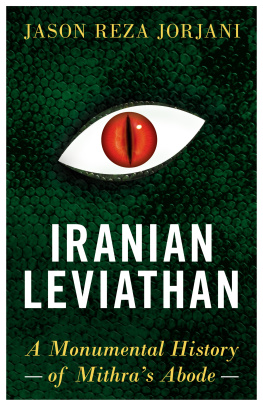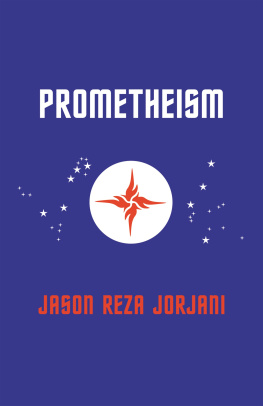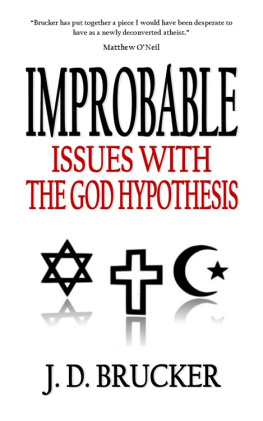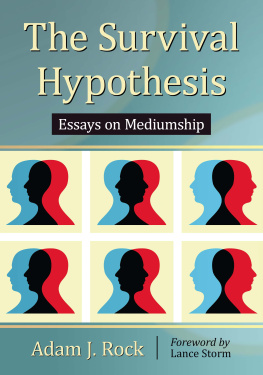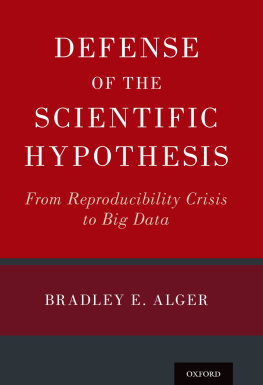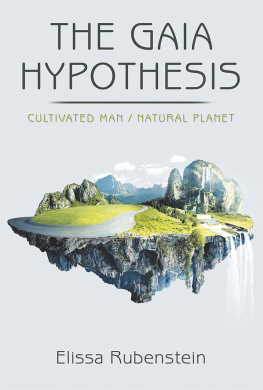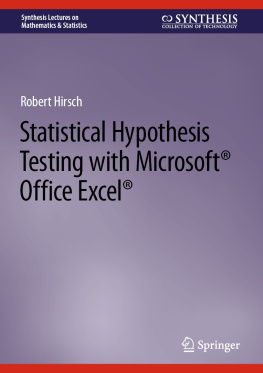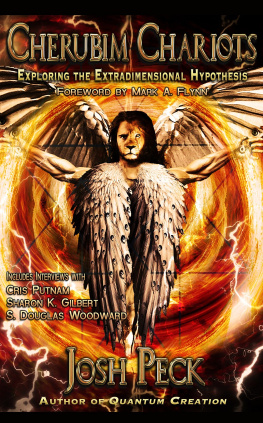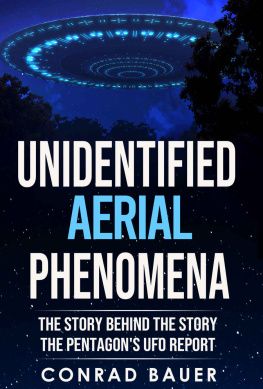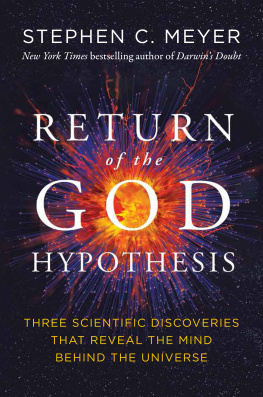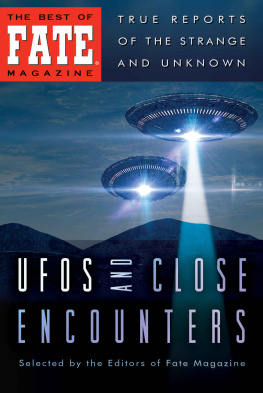
Arktos
London 2021

Copyright 2021 by Arktos Media Ltd.
All rights reserved. No part of this book may be reproduced or utilised in any form or by any means (whether electronic or mechanical), including photocopying, recording or by any information storage and retrieval system, without permission in writing from the publisher.
Arktos.com | Telegram | Facebook | Instagram | Gab.ai | Minds.com | YouTube
ISBN
978-1-914208-38-6 (Softcover)
978-1-914208-39-3 (Hardback)
978-1-914208-40-9 (Ebook)
Editing
Constantin von Hoffmeister
Cover and Layout
Tor Westman
This book is dedicated to the memory of
Marvel Jack Whiteside Parsons ,
a true American pioneer of the final frontier.
Per Aspera Ad Astra, Frater .
The most merciful thing in the world, I think, is the inability of the human mind to correlate all its contents. The sciences, each straining in its own direction, have hitherto harmed us little; but some day the piecing together of dissociated knowledge will open up such terrifying vistas of reality, and of our frightful position therein, that we shall either go mad from the revelation or flee from the deadly light into the peace and safety of a new dark age.
H. P. Lovecraft
Introduction
T he unthinkable has happened. At least from the perspective of anyone who has followed the controversy surrounding Close Encounters for more than half a century. Using a new terminology that replaces Unidentified Flying Object with Unidentified Aerial Phenomena or UAP, the United States government has admitted that UFOs are real. The US Intelligence Community and the Department of Defense have officially reported that structured craft that appear to defy the laws of Physics, and that outperform anything known to be manufactured by any terrestrial nation, including the USA, have repeatedly engaged American military pilots and sailors.
When I began the research for this book, it was with the idea of undertaking a philosophical analysis of all aspects of the Close Encounter phenomenon in response to the June 2021 UAP Report in the United States. Unfortunately, after only a few weeks of deep thinking and further reading beyond the research that I had already done about UFOs and putative alien contact for decades on the side of my other work, I came to a terrible conclusion that demanded a radical restructuring of this project.
It is not as if the disturbing discovery was entirely surprising. I had suspected such things when I penned the essay Black Sunrise, which was published in my anthology Lovers of Sophia (2017). I revisited it in the chapter of Prometheism titled Atlas Never Shrugs, and explored it further in my novel Faustian Futurist . What now assailed my mind, as I assessed the mass of UFO and Close Encounter data, went far beyond these fleeting glimpses and fragmentary speculations. Frankly, I did not want to find this because I know that the consequence of presenting what I have found out will further damage my reputation, and probably play into the hands of those who orchestrated my defamation. But I have already promised a book on UFOs. So here it is.
It is only fair to make it clear from the outset that I am a philosopher, not a Ufologist. Tens of very high-caliber UFO researchers, emerging from a variety of scientific disciplines, from Physics and Astronomy to Anthropology, have studied the Close Encounter phenomenon for seventy years. Their field research and detailed data analysis, usually carried out without funding scaled to the immensity of the task, are testimonies to extraordinary courage and determination in the face of the marginalization of this subject and of those who dare to study it.
That having been said, I was not a parapsychologist either when I wrote Prometheus and Atlas (Arktos, 2016) which went on to win the book award of the Parapsychological Association (a member of the American Academy for the Advancement of Science) and to be hailed by some within the field as the most important contribution to Parapsychology in many years. Parapsychology, even more so than Ufology, is a research science, which on account of the elusive nature of the phenomena that it studies, must endeavor to be all the more rigorously empirical. However, like Parapsychology, Ufology presents us with the most fascinating and revolutionary philosophical questions of all timeso radically revolutionary that they have been brutally suppressed in academia and polite society. In fact, as I have already made clear in several of my books (especially Novel Folklore ), the enigmas of Ufology deeply intersect and overlap with phenomena studied in Parapsychology. This book promises to be the most profound and the most unsettlingnot to say, horrifying philosophical study of the Close Encounter phenomenon .
The term Close Encounter was coined by Dr. J. Allen Hynek, an astrophysicist who was the chief scientist assigned by the US Air Force to run Project Blue Book (although he eventually disagreed with the Air Forces conclusions and went on the record that he believed a cover-up was taking place). Hynek was also the first Ufologist to use the acronym UAP as a synonym for UFO all the way back in a 1953 report published in the Journal of the Optical Society of America , titled Unusual Aerial Phenomena. In his 1972 book, The UFO Experience: A Scientific Inquiry , Hynek devised a scale of types of Close Encounters from the first through the third kind, which was later expanded to include a fourth kind.
Close Encounters of the First Kind are UFO sightings. Close Encounters of the Second Kind are cases where a UFO is not only sighted, but there are some observable physical effects of its presence or close contact with the craftanything from interference with electrical systems (say, in a car that stops on the road), to marks in the ground left by the landing gear of a craft, material ejected from or left behind by a UFO, or touching the surface of a craft. Close Encounters of the Third Kind are observations of entities in association with UFOs. Finally, Close Encounters of the Fourth Kind are direct contacts or abductions initiated by these entities wherein a person taken aboard a craft closely interacts with them.
The UAP Disclosure of June 2021 was limited to Close Encounters of the First Kind. Despite overwhelming evidence for Close Encounters of the Second, Third, and Fourth Kinds, an attempt is being made to segregate these aspects of the UFO phenomenon and continue to cover them up (including with ridicule) just as the reality of the first kinds of Close Encounters was denied or dismissed by government officials for decades. The rebranding of UFOs as UAP is a part of this cover-up. Now there is a very good argument for why it might make more sense to use the terminology of UAP, but those are not the reasons why it is being adopted. Quite to the contrary.
One of the best arguments for rebranding UFOs as UAP or Unidentified Aerial Phenomena is that the new terminology is not inherently prejudiced in favor of the Extra-Terrestrial Hypothesis (ETH). In the circle of serious researchers of Close Encounters it has long been understood that there are a variety of alternatives to the ETH, and not all of them are consistent with defining the phenomena as objects. In brief, the alternatives to the common interpretation of UFOs as extraterrestrial spacecraft piloted by aliens from another planet are the following:
(1) UFOs are produced by a hidden terrestrial society, a breakaway civilization that has diverged from others.
Next page
